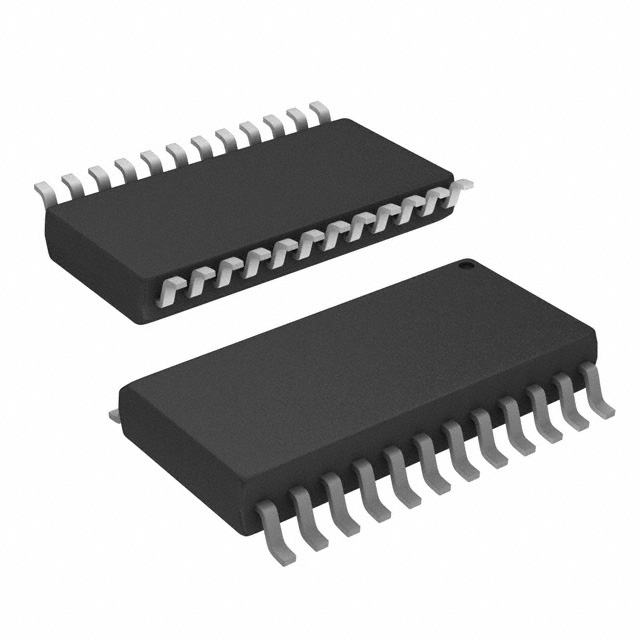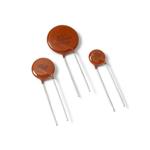
Blood Glucose Meter Electronics: AFE, 24-bit ADC & BLE
Global electronic component supplier ERSAELECTRONICS: Rich inventory for one-stop shopping. Inquire easily, and receive fast, customized solutions and quotes.
A Blood Glucose Meter measures micro- to nano-amp electrochemical currents and turns them into accurate mg/dL or mmol/L results. The electronics in your Blood Glucose Meter must be quiet, stable, and repeatable—on every strip, for every user.
.png?x-oss-process=image/auto-orient,1/quality,q_70/format,webp)
Electrochemistry & strip interface in a Blood Glucose Meter
.png?x-oss-process=image/auto-orient,1/quality,q_70/format,webp)
A disposable test strip in the Blood Glucose Meter uses an enzymatic reaction (e.g., glucose oxidase or GDH-FAD). When blood fills the capillary, the meter biases the cell and measures the resulting current, which is proportional to glucose concentration. Good metering starts with reliable fill detection, stable bias timing, and low-leakage interfaces so the meter reads the chemistry—not your PCB.
- Bias profile: pre-bias to condition electrodes, hold during measurement, then discharge safely; define timing windows to minimize settling errors in the Blood Glucose Meter.
- Interferences: oxygen, maltose, hematocrit, temperature. Robust meters compensate via strip chemistry and firmware models.
- Connector design: gold-plated contacts, wipe action, debris relief features; ESD/EMI suppression at the Blood Glucose Meter slot.
Blood Glucose Meter AFE/TIA design & 24-bit ADC
.png?x-oss-process=image/auto-orient,1/quality,q_70/format,webp)
The analog front end of a Blood Glucose Meter amplifies tiny currents with a transimpedance amplifier (TIA) and digitizes them with a high-resolution ADC. Noise, leakage, input bias, and settling dominate accuracy—so layout matters as much as the silicon.
| Design aspect | Typical target | Notes for Blood Glucose Meter |
|---|---|---|
| TIA input bias | < 5 pA | Use guard rings and clean, coated plastics near the strip connector |
| TIA gain | 100 kΩ–10 MΩ | Programmable gain to cover low/high hematocrit and temperature |
| ADC | 24-bit delta-sigma | Chopper-stabilized, sinc filters; average within the metering window |
| CM noise | Sub-µVrms reference | Quiet reference, kelvin returns, short high-impedance runs |
| ESD | IEC 61000-4-2 levels | Protect the slot; validate latch-up resilience |
- Timing: characterize TIA/ADC settling; commit a fixed sampling window so the Blood Glucose Meter algorithm stays deterministic.
- Filtering: use modest analog RC at the input; rely on digital filtering in the ADC to prevent phase lag during the short read.
- Layout: separate analog ground from buzzer/LED/MCU returns; route the strip node away from LCD or BLE RF lines.
Blood Glucose Meter strip detection & coding
.png?x-oss-process=image/auto-orient,1/quality,q_70/format,webp)
Accurate results start when the Blood Glucose Meter knows a strip is present, filled, and identified. Use presence pins or RC signatures to detect insertions, and confirm capillary fill by measuring impedance/voltage transients. Coding (via resistor keys, 1-Wire/EEPROM, or barcode) lets the meter apply lot-specific calibration and mediator parameters.
- Strip presence: debounce contact chatter; ignore partial inserts; time out stale strips in the Blood Glucose Meter slot.
- Fill detect: rising diffusion current or impedance drop triggers the measurement window; reject premature reads.
- Lot calibration: store slope/offset, temperature coefficients, and QC dates; apply CRC to guard against corruption.
Blood Glucose Meter power, battery & lifetime
.png?x-oss-process=image/auto-orient,1/quality,q_70/format,webp)
A handheld Blood Glucose Meter runs from a coin cell or Li-ion. Budget for ultra-low sleep, fast wake on strip insert, and quick LCD/BLE bursts without brownout. Keep the analog quiet when the radio talks.
- Budgeting: sleep < 2 µA, measurement burst in the mA range for only a few seconds; display and buzzer duty-cycled.
- Protection: brownout supervisors and transactional NVM writes prevent result loss; ship-mode blocks quiescent drain.
- Charging (if Li-ion): JEITA profiles, fuel gauging, and safe USB detection for a rechargeable Blood Glucose Meter variant.
Blood Glucose Meter firmware, calibration & data
.png?x-oss-process=image/auto-orient,1/quality,q_70/format,webp)
Firmware in a Blood Glucose Meter runs a tight, deterministic state machine: detect → pre-bias → measure → compute → display → store → sync. Performance hinges on robust calibration and correction models.
- Calibration: factory 2-point and lot-specific coefficients; field checks with control solutions stored with timestamps and lot IDs.
- Compensation: temperature/hematocrit/mediator models; timing-based algorithms to reject early/late fills and motion artifacts.
- Data: store results with date/time and context (e.g., fasting/PP); BLE sync to app/cloud with signed updates and user consent.
Blood Glucose Meter compliance & risk
.png?x-oss-process=image/auto-orient,1/quality,q_70/format,webp)
| Topic | Standard | Artifacts for Blood Glucose Meter |
|---|---|---|
| Performance (self-testing) | ISO 15197 | accuracy distribution, lot claims, control solution procedures |
| Electrical safety (IVD) | IEC 61010-2-101 | creepage/clearance, leakage, temperature tests |
| Software lifecycle | IEC 62304 | software safety class, requirements, verification, traceability |
| Usability | IEC 62366 | use-related risk files, labeling, formative/summative studies |
| Risk management | ISO 14971 | hazard analysis, FMEA, residual risk evaluation |
| EMC | IEC 61326-2-6 / 60601-1-2* | emissions/immunity; choose family standard per product scope |
* If your Blood Glucose Meter includes medical electrical aspects (charging base, etc.), align with the appropriate collateral/particular standards.
- Key risks: wrong result due to strip/chemistry drift, temperature extremes, partial fill, user timing errors, or storage corruption.
- Mitigations: plausibility checks, fill verification, temperature gates, transactional logging, and clear UI prompts in the Blood Glucose Meter workflow.
Blood Glucose Meter sample BOM highlights
| Function | Component class | Notes for Blood Glucose Meter |
|---|---|---|
| Front end | TIA/AFE + 24-bit ADC | low bias/leakage, fast settle, programmable gain |
| Control | BLE MCU (ULP) | secure boot, DFU, RTC, low-power modes |
| Power | PMIC + coin cell/Li-ion | ship-mode, brownout supervisor, battery gauge (Li) |
| HMI | LCD/OLED + beeper | large numerals, glove-friendly buttons |
| Memory | FRAM/Flash | transactional result storage, calibration coefficients |
| Protection | ESD/EMI parts | slot protection, EMI filters, watchdog |
Related guides
- Read the full CGM Sensors & Systems guide
- Read the full Wearable Health electronics guide
Related Articles
- ·ICD Electronics: Tiny Lightning, Relentless Reliability
- ·Smart Pill Dispensing Electronics: From Missed Doses to Mission Control
- ·Electrosurgery Electronics: Turning RF Into a Surgical Superpower
- ·Endoscopic Imaging Electronics: Tiny Optics, Big Picture
- ·X-ray & CT Electronics: From Kilovolts to Reconstruction
- ·MRI Core Electronics: From Quench to K-Space
- ·IVD Electronics: Tiny Signals, Big Answers
- ·Vital Signs Monitor Electronics: Tiny Signals, Big Decisions
- ·Neurostimulator Electronics: Tiny Pulses, Big Nerves
- ·Pacemaker Electronics: Tiny Joules, Big Heart

















.png?x-oss-process=image/format,webp/resize,h_32)










